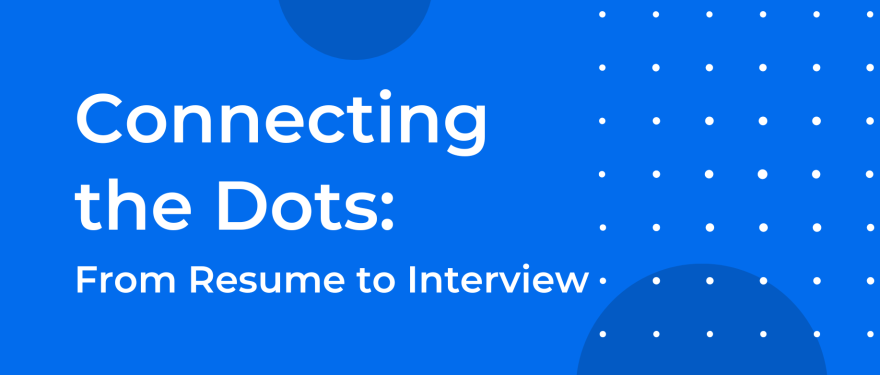So you’ve got an
interview coming up. With so many potential
interview questions, you may be struggling to figure out where to even begin.
Take a step back, and ponder three big picture questions:
1. Why the industry?
2. Why the function?
3. Why the firm?
These are fairly straight forward questions and with a bit of reflection and preparation, you can certainly come up with an answer for each of these (and if you can’t, then perhaps you aren’t as interested in the role as you think). However, the most important question to answer is “WHY YOU?” As in, "Why should the firm hire you?" If you can’t make that clear in an interview—ideally in the first few minutes—then you’ve missed a golden opportunity to get hired.
The answer to the “why you?” question certainly depends on the role. Acknowledging the nuances that exist across various industry interviews, one very simple exercise that can help you explain why any firm should hire you is to connect the dots. What dots, you might ask?
Connect the dots—or bullets—that typically exist on every job description with the dots—or bullets—on your resume.
BEFORE THE INTERVIEW
Begin your preparation with the job description for which you are interviewing: most postings have some form of a “qualifications” or “responsibilities” section that spells out what the potential employer is looking for. The dots under these sections are like the interviewer sharing their questions with you ahead of time. Whether it is industry expertise, modeling skills, strategy experience, or any other requisite, you want to be able to spell out to the interviewer how the dots on your resume perfectly match the dots on their job posting. And if your dots don’t match their dots, then you’ll need to be able to explain how you are actively closing the gap.
DURING THE INTERVIEW
Oftentimes an interview will begin with an open-ended question such as, “Walk me through your resume,” or “Tell me about yourself.” This is your opportunity to connect the dots. If the interviewer has your resume and/or cover letter, then they have all of the information right in front of them already. But don’t count on them to be able to connect the dots themselves—that takes work and time, which they may not have. Make it easy for the interviewer by connecting the dots for them. How? Take their open-ended question and smoothly turn it into an answer to “Why should I hire you?”
For example: let’s assume that you are interviewing, and the interviewer starts with “Tell me about yourself.” You could begin with “I was born on a rainy Tuesday…” and proceed to share your life story. But what they actually want to know is
why they should hire you. A different approach would be to connect the dots right from the start by answering with something like, “I came to HBS with [dots] and this opportunity felt like a very natural next step because it leveraged my [dots]. Since I’ve been on campus, I’ve taken advantage of [dots] to really strengthen my [dots] skillset. I’m convinced that given the opportunity, I would bring these [dots] to your team to really contribute to your [dots].”
Don’t make interview prep harder than it needs to be. You can try to prepare for every question imaginable—and if you have the time, then go for it. Before you get lost in the weeds, make sure that you are hitting the big picture questions and be sure that you can quickly and clearly articulate
why the employer should hire you. How?
Connect the dots!

